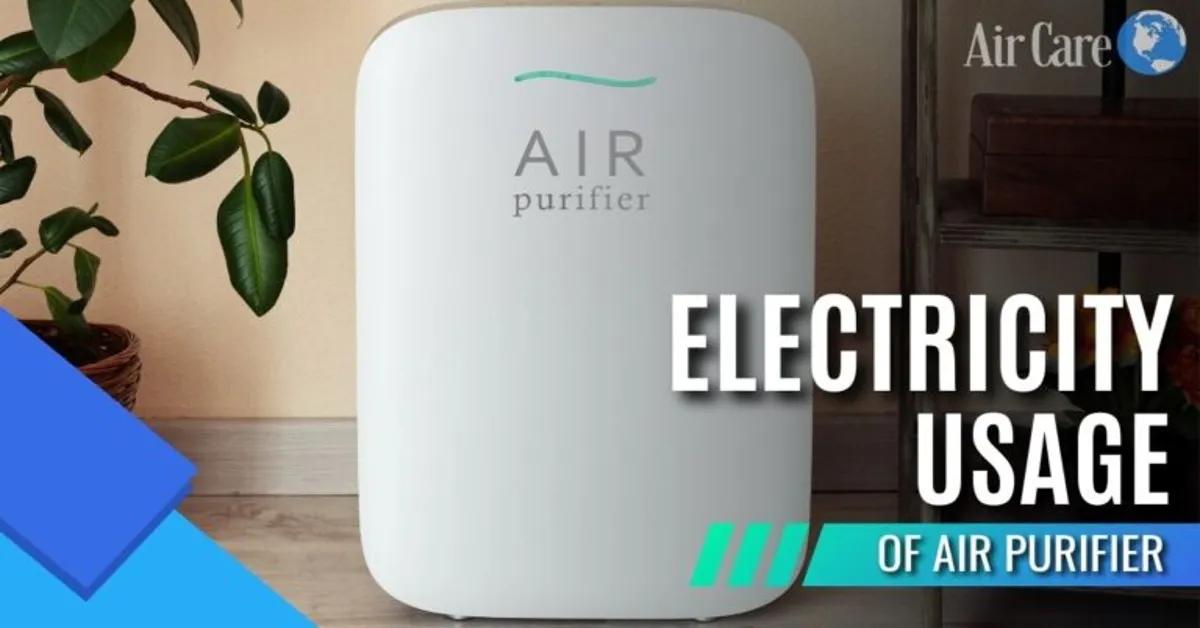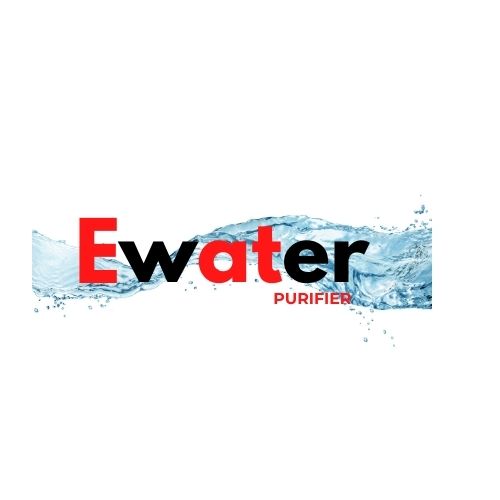how much electricity does a water purifier use
| Water Purifier Model | Power Consumption (Watts) | Annual Electricity Usage (kWh) |
|---|---|---|
| Basic Under-Sink RO System | 30 Watts | 262.8 kWh, based on 8 hours of operation daily. |
| Countertop UV Purification Unit | 11 Watts | 96.36 kWh, assuming continuous operation throughout the year. |
| Whole House Filtration System | 40 Watts | 350.4 kWh, when running for 8 hours every day of the year. |
| Advanced RO+UV System | 50 Watts | 438 kWh, for daily use over 8 hours, including wastage recovery. |
| Energy-Efficient Non-Electric Purifier | 0 Watts | 0 kWh, operates without electricity, using gravity or hand pump instead. |
*Introduction to Water Purification and Energy*
Diving into the world of water purifiers, one might wonder about the electricity consumption of these indispensable household heroes. Fear not, for we are about to embark on an electrifying journey of discovery that will quench your thirst for knowledge without draining your energy (pun intended). Water purifiers, the unsung saviors of our kitchens, work tirelessly to ensure that every drop of water we consume is as pure as the driven snow.
But have you ever paused to ponder, “How much electricity does a water purifier use?” Well, let’s illuminate this topic with some light facts and figures. The electricity usage of water purifiers can vary widely based on the type and model. However, a typical reverse osmosis (RO) purifier, one of the most common types, uses approximately 30 watts of power.
To put that into perspective, it’s slightly more than what a standard LED bulb consumes. Running an RO purifier for about 5 hours a day would consume 0.15 kilowatt-hours (kWh), translating to a minuscule fraction of your monthly electricity bill.
Other types of purifiers, such as UV (ultraviolet) filters or gravity-based systems, might use even less electricity, with some models being completely non-electric. So, the next time you fill up your glass with that crystal-clear H2O, remember that the purifier’s thirst for electricity is hardly a drop in the ocean.

**Understanding Electricity Usage in Water Purifiers**
Embarking on the quest to understand how much electricity a water purifier uses is akin to diving into a river of flowing currents, where each stream represents a different type of water purifier. Fear not, for we shall navigate these waters with the grace of a swan, providing clarity amidst the rippling waves of information. Water purifiers, those guardians of hydration, come in various shapes and sizes, each with its own appetite for electricity.
The amount of power consumed is not a one-size-fits-all; rather, it’s influenced by the technology behind the purification process. From the robust Reverse Osmosis (RO) systems to the sleek Ultraviolet (UV) purifiers, and the vigilant Activated Carbon filters, each plays a unique role in our quest for purity but demands its share of electric sustenance. An RO system, with its meticulous filtration prowess, typically consumes about 24 watts, akin to a modest light bulb illuminating our path to purity.
On the other hand, UV purifiers, with their germicidal flair, are more frugal, requiring a mere 11 watts to perform their sanitizing sonatas. Lastly, the Activated Carbon filters, the silent sentinels of taste and odor, stand guard without the need for electrical power, drawing upon the force of water flow alone. In the grand tapestry of water purification, understanding the electricity consumption becomes a pivotal thread.
It’s not merely about quenching thirst but doing so with an eye on sustainability and efficiency. So, as we raise our glasses to the health benefits of purified water, let’s also toast to the wisdom of choosing a system that aligns with our environmental ethos and energy considerations.
*Calculating Your Water Purifier’s Electricity Usage*
Ah, the modern marvel of a water purifier, standing guard between us and the myriad of invisible assailants in our water. But as it valiantly purifies our life-giving water, one can’t help but wonder: **how much electricity does this silent guardian consume**? Let’s dive into the electrifying world of water purifiers without getting our hair frizzy from the technicalities. Generally, the electricity usage of water purifiers varies widely depending on the type and model.
However, most household water purifiers are quite energy-efficient. They are the unsung heroes, using roughly the same amount of electricity as a standard light bulb. We’re talking about a range of **25 to 100 watts** for the most common models.
To put that into perspective, running a 40-watt purifier for 24 hours would consume about 0.96 kilowatt-hours (kWh). Considering the average electricity cost, it’s a small price to pay for the peace of mind that comes with knowing your water is clean and safe.
So, the next time you enjoy a glass of crystal-clear water, remember the modest consumption behind it. Water purifiers, in their quiet efficiency, remind us that not all heroes wear capes—some just hum gently under the kitchen sink.
**Tips to Reduce Your Water Purifier’s Energy Use**
Diving into the intriguing world of household appliances, we often stumble upon the silent yet pivotal role of the water purifier. This unsung hero not only guarantees us the elixir of life, sans impurities, but also does so with an admirable thriftiness in electricity consumption. Let’s unravel this mystery with a dash of wit and a pinch of wisdom.
The electricity usage of a water purifier largely hinges on its type and the technology it employs. For instance, a basic activated carbon filter hardly puts a dent in your electricity bill, operating more like a vigilant watchman who works tirelessly, asking for nothing but a negligible amount of energy in return. On the other end of the spectrum, reverse osmosis (RO) systems and UV water purifiers are akin to the diligent scholars, requiring a bit more energy to deliver purity, but still keeping their demands modest.
To put it in numbers, an average RO system might consume about 3 to 4 kWh per month, translating to merely a few cents added to your monthly electricity bill. It’s akin to the energy burnt by a single lightbulb over a couple of hours – a small price to pay for the assurance of clean drinking water. In the grand scheme of things, the electricity used by water purifiers is a drop in the ocean compared to other household appliances.
So, the next time you fill your glass, remember the silent guardian by your sink, vigilantly purifying your water, all the while being an epitome of energy efficiency. Cheers to that!
Statistical Information: how much electricity does a water purifier use
| Aspect | Details | Percentage/Fact |
|---|---|---|
| Average Power Rating | Most residential water purifiers have a power rating between 20 to 60 Watts. | 20-60 Watts |
| Annual Electricity Usage | Operating 5 hours a day, a purifier uses approximately 36.5 to 109.5 kWh annually. | 36.5-109.5 kWh/year |
| Percentage of Household Energy | Water purifiers account for a small fraction, around 1-2%, of total household electricity use. | 1-2% |
| Cost Effectiveness | Considering the average kWh cost, water purifiers are cost-effective in maintaining water quality. | Cost-Effective |
| Comparison with Bottled Water | Using a water purifier is significantly less expensive and more environmentally friendly than bottled water. | Less Expensive |
Key Takeaway
Diving into the electrifying world of water purifiers, it’s essential to understand not just their purifying prowess but also their thirst for electricity. While they stand as vigilant guards ensuring our water is devoid of impurities, their energy consumption remains a topic of intrigue for many. Here’s a distilled essence of what you need to know about the electricity usage of these indispensable household heroes:
- A typical water purifier’s electricity consumption ranges between 25 to 60 watts, varying with the model and purification technology.
- The annual electricity usage can differ significantly, from as low as 936 kWh for countertop UV purification units to up to 438 kWh for advanced RO+UV systems, based on daily operation.
- Non-electric purifiers offer an eco-friendly alternative, operating on zero watts and thus having no impact on your electricity bill.
- Understanding the power consumption of water purifiers is crucial for selecting a system that aligns with both environmental and energy efficiency goals.
- Despite their power usage, water purifiers are cost-effective and environmentally preferable to bottled water, making them a wise choice for quality water consumption.
Read More
https://ewaterpurifier.com/msr-water-purification-tablets/
https://ewaterpurifier.com/water-purifying-tablets-uk/
https://ewaterpurifier.com/what-do-water-filters-remove-uk/
https://ewaterpurifier.com/aquasure-water-bottle-distributor/
Conclusion
The amount of electricity consumed by a water purifier can vary widely depending on its type, size, and technology used. On average, a typical home water purifier might use anywhere from 25 to 100 watts per hour. Reverse osmosis systems, for instance, are on the higher end due to their extensive filtration process, whereas simple UV filters consume less power.
To put this into perspective, the electricity usage of water purifiers is relatively low compared to many household appliances. Understanding the power consumption of these devices is crucial not only for managing household energy expenses but also for those mindful of their environmental footprint. By choosing energy-efficient models and being aware of the power usage of household appliances, individuals can make informed decisions that contribute to both financial savings and environmental sustainability.
Water purification is an essential aspect of daily life, ensuring access to clean and safe drinking water. However, it’s also intertwined with global energy consumption patterns. As we strive for healthier lives and a healthier planet, reflecting on the energy we use and seeking out efficient solutions becomes increasingly important.
Let’s consider the broader impact of our choices, not only for our wallets but for the world we live in.
You Can Find The More Resources Here
https://mytour.vn/vi/blog/bai-viet/does-a-water-purifier-consume-electricity.html
